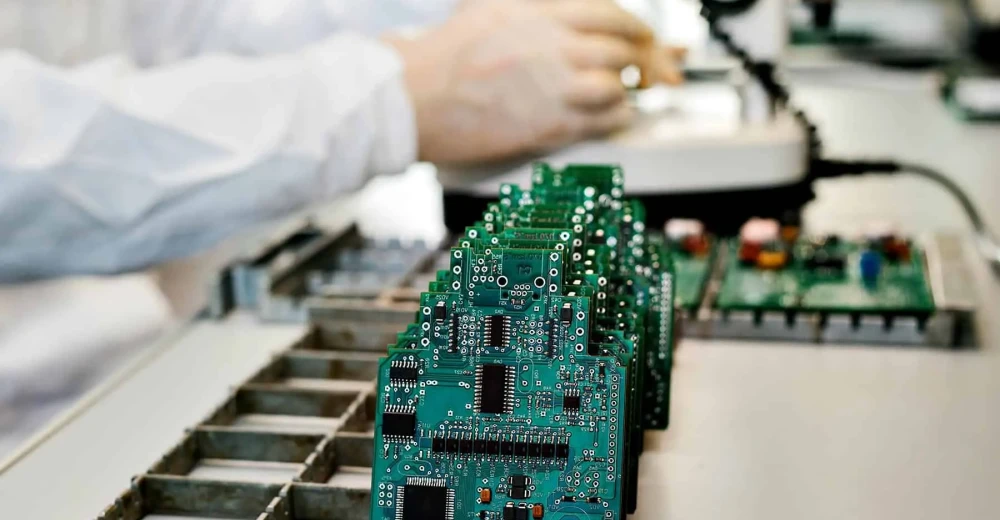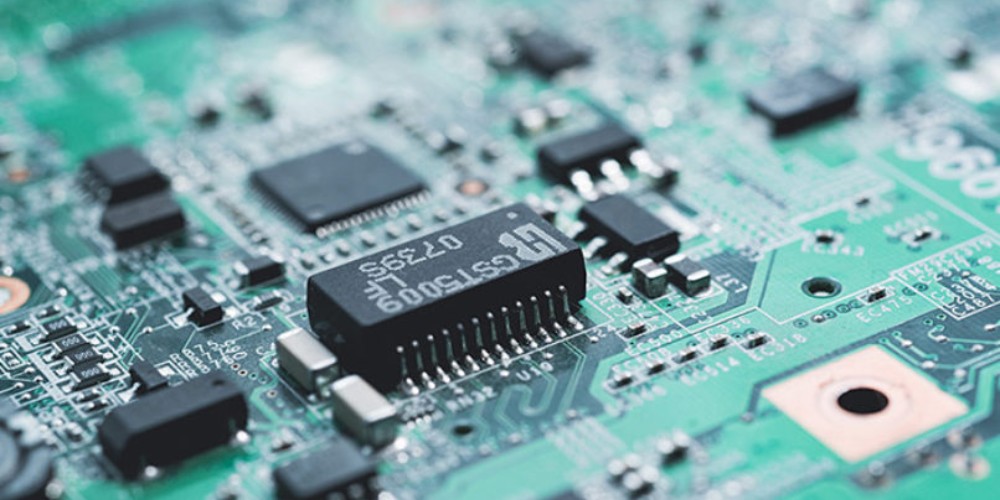Introduction
Printed circuit board (PCB) designers play a critical role in the electronics industry. They are responsible for designing and laying out the circuit boards that serve as the foundation for electronic devices. Given their important contributions, what kind of salaries can top PCB designers command? This article will explore PCB designer salaries, including the highest paying jobs and factors that influence compensation.
Average Salary for PCB Designers
According to PayScale, the average salary for a PCB designer in the United States is $70,023 per year as of September 2023. However, salaries can range widely based on factors like location, experience, and company size.
Here is a breakdown of average PCB designer salaries by experience level:
| Years of Experience | Average Salary |
|---|---|
| Entry Level (0-5 years) | $59,000 |
| Mid-Career (5-10 years) | $70,000 |
| Experienced (10-20 years) | $85,000 |
As you can see, salaries tend to rise steadily with more years of experience. However, some PCB designers are able to command much higher salaries than these averages.
Highest Paying PCB Designer Jobs

While the average salary hovers around $70,000, some experienced PCB designers make over $100,000 per year. Here are some of the highest paying PCB design jobs:
Senior PCB Designers at Large Tech Companies
Some of the best-paying PCB design jobs are at major technology companies like Apple, Intel, and Cisco. Senior PCB designers at these companies can make $120,000 – $150,000 per year. For example, a Senior PCB Designer at Apple in Cupertino, CA reported a salary of $145,000. These companies need experienced designers to work on cutting-edge electronics projects.
Consultants and Freelancers
Seasoned PCB designers with 10+ years of experience can make $100-$150 per hour working as independent consultants and freelancers. They are often hired by companies to come in and handle complex design projects. The freedom of setting their own rates allows consultants to command high premiums.
PCB Design Managers
Designers who move into management roles like PCB Design Manager can make $120,000 – $180,000 per year. They oversee teams of designers and provide guidance on projects. Extensive experience and leadership abilities can bump salaries upward as a manager.
Engineering Fellows
Some designers obtain the distinguished title of “Engineering Fellow” at companies like Intel and Microsoft. These are highly respected positions that come with salaries from $150,000-$250,000. Engineering Fellows are responsible for providing technical direction and expertise at the executive level.
Factors Influencing PCB Designer Salaries
What allows some PCB designers to earn over $100,000 when the average stays around $70,000? Here are some of the key factors that impact designer salaries:
Location
Where you work significantly influences how much you can make as a PCB designer. The highest paying jobs tend to be concentrated in areas with a high cost of living like Silicon Valley. PCB designer salaries in the San Francisco Bay Area average around 20% higher than the national median.
Industry
Working for an electronics firm or tech company tends to pay more than other industries. For example, PCB designers in the telecommunications industry make around $76,000 on average. While those in the computer systems design services industry average closer to $83,000.
Company Size
In general, large companies have bigger budgets and can afford to pay designers more. The average PCB designer salary is around $20,000 higher at companies with over 5,000 employees compared to those with under 100 employees.
Experience and Expertise
As we saw in the salary by experience table earlier, more years of experience translates to higher pay. Specialized skills and expertise in complex PCB technologies also make designers more valuable and influential over salary negotiations.
Cost of Living
The cost of living in a geographic area impacts salaries. A $100,000 salary goes much further in a city like Boise than it does in San Francisco, for example. Companies adjust compensation to attract talent in high cost of living cities.
Other Benefits Beyond Salary

In addition to generous salaries, many PCB designer jobs come with excellent benefits packages that enhance total compensation:
- Health insurance – Most full-time PCB design jobs include comprehensive medical, dental and vision insurance. Companies often cover 70% or more of the premiums.
- Retirement plans – 401(k) matching contributions up to 6% of pay can help designers build their nest egg. Some companies also offer pensions.
- Stock options – Tech companies may provide stock option grants that can be extremely valuable if the stock price grows.
- Bonuses – Performance bonuses averaging 10-20% of base pay are common to reward productivity. Profit-sharing plans are also popular.
- Time off – Paid time off and holidays average around 15-20 days plus 10 days of sick leave at many firms.
These benefits can potentially add tens of thousands in value beyond the base salary.
Job Satisfaction as a PCB Designer
Salary isn’t everything when it comes to career satisfaction. PCB designers enjoy rewarding work with the following appealing job attributes:
- Problem solving – Daily technical challenges keep the job interesting.
- Visual design – Seeing a PCB go from concept to physical product provides a sense of accomplishment.
- Rapid innovation – Fast-paced environment with new technologies constantly emerging.
- Concentration – Most time is spent “in the zone” focusing intensely on the design task.
- Flexible schedule – Telecommuting options provide work-life balance for many designers.
- Continuous learning – Opportunity to constantly build new skills and knowledge.
- Teamwork – Engineers, manufacturers, and others collaborate to bring the product to life.
- Job security – Strong demand for PCB design skills makes layoffs unlikely.
For those that enjoy logic puzzles and working through technical challenges, PCB design offers an engaging career with excellent earning potential.
Frequently Asked Questions
What education do you need to become a PCB designer?
Most PCB designer positions require an associate’s or bachelor’s degree in electrical engineering, electrical engineering technology, or a similar field. Some designers have degrees specifically in PCB design. On-the-job training is also essential.
What is the job outlook for PCB designers?
The job outlook for PCB designers is very strong. The Bureau of Labor Statistics projects 7% growth for electrical and electronics engineering technicians, including PCB designers, from 2020-2030. Rising demand for electronics will drive continued need for skilled PCB designers.
Do PCB designers need to be certified?
Certifications like Certified Interconnect Designer (CID) and Certified PCB Designer (CPBD) are not required but can enhance credibility. Many employers provide training programs and mentoring to develop the needed skills on the job.
How much does experience affect salary?
Experience can have a significant impact. One survey found that entry-level PCB designers make $52,000 on average, mid-career make $77,000, and experienced make $97,000. More experience allows designers to take on greater responsibilities.
What soft skills are most important for PCB designers?
Communication, collaboration, problem-solving, attention to detail, and time management skills are all vital. The ability to work well on a team and interact with different functional groups is also crucial.
Conclusion
While the average PCB designer in the U.S. makes around $70,000, experienced professionals can earn $100,000 or more. Salaries vary based on location, industry, company, experience level, and skills. Beyond competitive salaries, most PCB design jobs include excellent health benefits, retirement plans, bonuses, and ample time off. With strong projected job growth and high demand for their specialized skills, PCB designers can find rewarding long-term careers with outstanding compensation.






Leave a Reply